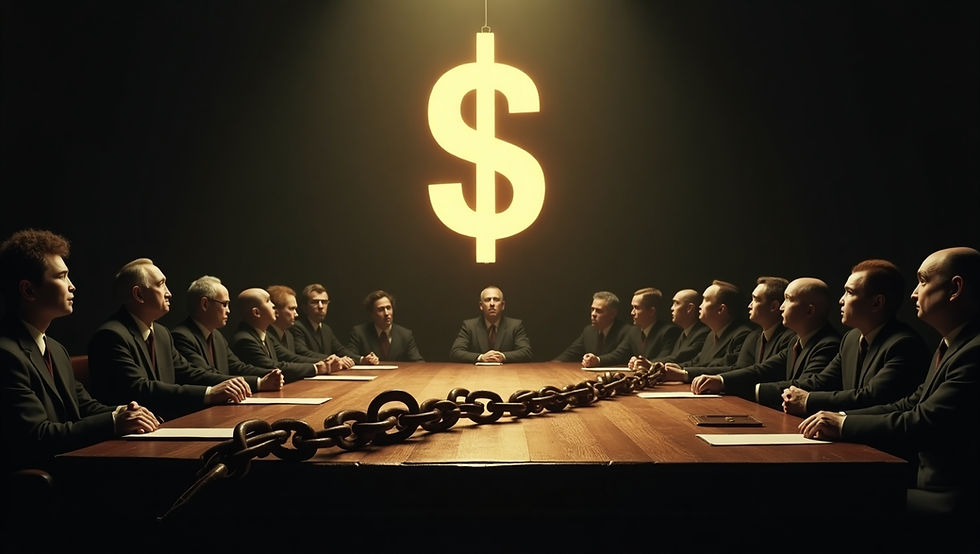July 25, 1976: A Turning Point in Chess History – When a Computer Won Its First Tournament
- ChartSaga
- Aug 4
- 4 min read
Updated: Aug 10
Introduction: The Day a Machine Defeated Human Intelligence
July 25, 1976, marks a groundbreaking moment not just in the history of chess but also in the evolution of artificial intelligence. On this day, a computer program named Chess 4.5 defeated five human opponents in the Paul Masson Class B Chess Tournament in California. It became the first computer to ever win an official chess tournament, altering the way we perceive intelligence, strategy, and the future of human–machine interactions.
This article takes you on a journey—from that historic victory to the rise of Deep Blue, AlphaZero’s revolutionary gameplay, and how modern chess engines are reshaping learning and strategy in the game today. Whether you're a chess lover, a tech enthusiast, or someone curious about the roots of AI, this deep dive into July 25 chess history is sure to intrigue and inspire.

1. Chess 4.5: The First Major Victory for Artificial Intelligence in Chess
The Perception of Chess and Computers in the 1970s
In the mid-20th century, chess was considered the ultimate expression of human intellect and strategic thinking. Computers, by contrast, were seen as number crunchers, incapable of intuition or creative decision-making.
The idea that a computer could compete with, let alone defeat, a human in chess was widely dismissed. But that perception would change forever on July 25, 1976.
How Did Chess 4.5 Work?
Developed by a team at Northwestern University, Chess 4.5 was ahead of its time in many ways:
It could evaluate positions up to 3–4 moves ahead.
It recognized common opening variations.
It used evaluation functions to detect weaknesses in an opponent's play and punish them effectively.
In an era when even basic computing was a marvel, Chess 4.5 wasn’t just reacting to moves—it was strategizing.
The Paul Masson Tournament: Where History Was Made
The tournament was held in Saratoga, California, and the Class B category featured amateur players with ELO ratings between 1600 and 1799. Despite not being a top-tier event, it was competitive and respected.
Chess 4.5 swept the field, winning all five of its games. This marked the first time a machine had bested humans in a formal chess setting. The chess world was stunned.
From that moment, computers were no longer seen as training tools—they were now formidable opponents.
2. The Road to Deep Blue: The Evolution of Chess Engines
The 1980s: A New Generation of Machines
Following the triumph of Chess 4.5, more sophisticated engines began to emerge:
Cray Blitz (1983): One of the first engines to utilize supercomputing for enhanced performance.
HiTech (1985): Developed at Carnegie Mellon University, it used expert systems to simulate high-level decision-making.
These programs pushed the boundaries further, consistently beating strong amateur and even master-level players.
1997: Deep Blue vs. Kasparov – A Historic Showdown
In 1997, IBM’s Deep Blue shocked the world by defeating reigning world champion Garry Kasparov in a six-game match (3.5–2.5).
Processing Power: Deep Blue analyzed over 200 million positions per second.
Opening Preparation: It used a massive database of grandmaster games and expert analyses.
The Aftermath: For the first time, human supremacy in chess was seriously questioned.
This moment, deeply rooted in July 25 chess history, symbolized a shift in how the world viewed artificial intelligence.
2010s: The Rise of Open-Source Chess Engines
Stockfish: Free, open-source, and incredibly powerful—used by amateurs and grandmasters alike.
Komodo: Known for its more "human-like" positional understanding and strategic play.
These engines democratized high-level chess analysis, making elite training accessible to everyone.
2017: AlphaZero – The Next Generation
In a stunning leap forward, Google DeepMind’s AlphaZero beat Stockfish 28–0 after just four hours of self-play learning.
What's Different? AlphaZero didn't rely on human databases or fixed rules—it learned how to play by itself.
Impact: It revealed novel strategies, creative sacrifices, and positional play that even world champions hadn’t imagined.
3. How AI Has Transformed Strategy and Training in Chess
Chess Has Changed Forever
Fewer Blunders: Players now use engines to analyze and correct mistakes faster.
Opening Theory Has Evolved: Lines once thought dubious have gained new respect, while others have fallen out of favor.
Endgame Brilliance: Engines have found wins in previously "drawn" positions, rewriting endgame theory.
Chess Education in the AI Era
Platforms like Lichess and Chess.com offer real-time engine analysis, accessible from anywhere.
AI Coaches: Tools like Chessable and Aimchess provide customized learning paths based on player strengths and weaknesses.
AI has shifted chess learning from books and notebooks to interactive, data-driven methods.
4. Looking Ahead: Chess and AI as Partners, Not Rivals
Collaborating with Machines
Today’s top players don’t fear engines—they train with them. Engines have become teammates in discovering new ideas, refining techniques, and preparing openings that were once inconceivable.
Quantum Computing and Chess
As quantum computing advances, future chess engines could reach unimaginable depths of calculation and creativity. This may uncover strategies no human—or current machine—has yet considered.
Chess as an Esport
With platforms like Twitch and YouTube broadcasting AI-assisted commentary and analysis, chess has evolved into a spectator sport that merges tradition with technology.
Conclusion: The Enduring Legacy of July 25, 1976
The story of Chess 4.5’s victory on July 25, 1976, is more than a curious footnote in chess history. It represents a pivotal moment in human progress—when we stopped viewing machines as mere tools and began seeing them as collaborators in thought.
Today, with a smartphone app, you can analyze games like a grandmaster. You can uncover tactical gems in your own play with a few taps. All of this is possible thanks to the first stone laid on that historic summer day in 1976.
July 25 isn't just a date in chess history. It's the day humanity first looked across the 64 squares and saw a machine thinking back.
And the game hasn’t been the same since.









Comments